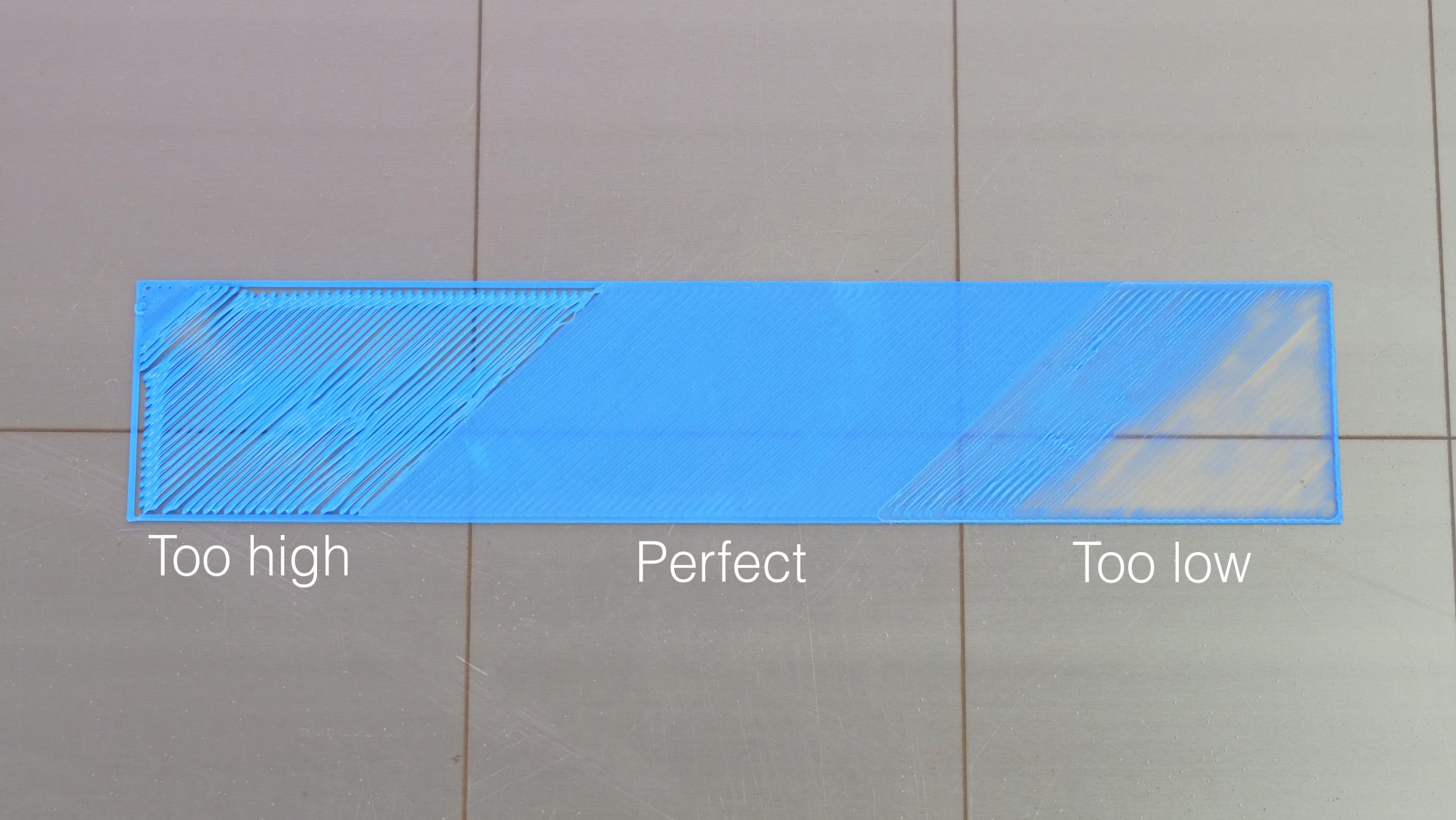Get Perfect 3D Printing Results! Learn How to Perfect Your 3D Printing Now

3D printing has become a popular hobby for many people around the world. It's a fascinating way to create 3D objects from scratch using a computer and a 3D printer. If you're new to 3D printing, it can be overwhelming, especially with the lingo and technical terms used in this field. But don't worry, we're here to help! In this blog post, we'll guide you through the basics of 3D printing and give you tips on how to ensure your prints turn out perfectly every time. So buckle up and get ready to unleash your inner creativity with this beginner's guide to 3D printing!

1. First layer print and bed temperature
To ensure perfect 3D prints, beginners must pay close attention to the first layer print and bed temperature. It's important to carefully level the bed before beginning any print. The initial layer is critical for successful printing and must adhere well to the print bed. Using recommended printing temperatures and settings can greatly help with this. Starting with PLA, a commonly used material for beginners, can make 3D printing less daunting. Additionally, embracing layer lines can lead to faster, more energy-efficient prints with a unique finish. By cleaning and making the bed sticky, and using ordinary settings for decorative designs, beginners can ensure a smoother, more successful 3D printing experience.

2. Start with PLA
Continuing on the idea of the best practices for beginners in 3D printing, one of the essential tips is to start with PLA filament. PLA is an excellent choice for those who are new to 3D printing because of its ease of use and cost-effectiveness. Unlike other filaments, PLA can be printed at a lower temperature and is less likely to warp, making it perfect for those who want to experiment with their 3D print designs without worrying about material-related challenges. PLA is also widely available in various colors and finishes, making it an ideal choice for decorative objects. By starting with PLA, beginners can gain enough experience in 3D printing while enjoying a hassle-free and smooth printing process, making their 3D printing journey more enjoyable and fulfilling.

4. Use ordinary settings for decorative objects
When it comes to creating decorative objects with 3D printing, it's best to stick to ordinary settings to guarantee a successful print. This means using moderate infill and layer height, as well as a standard print speed. It's important to keep in mind that the more intricate the design, the longer the print time will be. Thus, it's crucial to be patient and take the time to adjust the settings accordingly. Additionally, it's beneficial to use PLA material for decorative prints as it is easier to work with and provides a smooth finish. By following these tips, beginners in 3D printing can create beautiful and intricate decorative objects with ease.

7. Properly level bed before starting print
Ensuring that the 3D printer bed is properly leveled before starting a print is a critical step in achieving perfect prints. The first layer of the print is especially important, and an uneven bed can cause the filament to not adhere properly, resulting in a failed print. Beginners should use a level to check the bed is flat and make any necessary adjustments. Some machines come with a bed level wizard built-in to automate the process, which can be helpful. Additionally, it's important to keep the bed clean and sticky to prevent print failures. Properly leveling the bed is just one of many crucial steps to get the perfect 3D prints, and beginners should take the time to master this skill for their future printing endeavors.

8. Clean and make bed sticky
To ensure a successful 3D print, it is crucial to have a clean and sticky bed. A damp cloth can easily clean the bed, and Isopropyl alcohol or acetone can give a final wipe for a pristine surface. To increase adhesion, one can use a flexible print bed, Kapton tape, or a blue painter's tape. Sticking agents such as glue sticks or hair spray can also help, but one should be cautious when using them as it may affect the print quality. Prior to printing, ensure the bed is leveled correctly for uniform print quality. Proper bed cleaning and maintenance is a small yet essential step to achieving a great print.

10. Embrace layer lines for faster prints and good finish
One of the ways to speed up 3D printing while achieving a good-looking finish is by embracing the layer lines. However, it is important to note that this technique is best for decorative objects rather than functional ones. Additionally, printing with a larger layer height can increase the speed of prints while reducing the appearance of layer lines. It is also crucial to ensure proper calibration of the printer to get the base layer right, as a quick cool-down of the 3D printed item can result in significant stress. Overall, beginners should take their time to understand the printer's settings and make adjustments accordingly to achieve the best results.